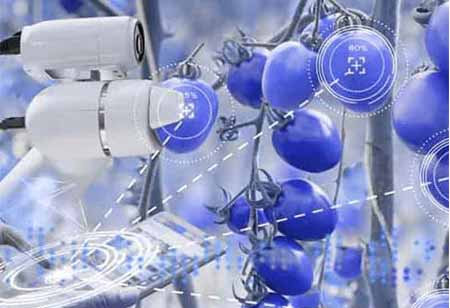Thank you for Subscribing to Agri Business Review Weekly Brief
Livestock Farming Technology For Future.
The conventional livestock industry is a sector that is broadly overlooked and under-serviced,

By
Agri Business Review | Friday, July 22, 2022
Stay ahead of the industry with exclusive feature stories on the top companies, expert insights and the latest news delivered straight to your inbox. Subscribe today.
Livestock technology can enhance or improve the productivity capacity, welfare, or management of animals and livestock.
FREMONT, CA: The conventional livestock industry is a sector that is broadly overlooked and under-serviced, while it is arguably the most vital. Livestock provides necessary renewable, natural resources that we rely on daily. Livestock management has normally been known as running the business of poultry farms, cattle ranches, dairy farms, or other livestock-relevant agribusinesses.
Livestock managers must keep correct financial records, supervise workers, and ensure proper care and feeding of animals. Despite that, recent trends have proven that technology is overturning the world of livestock management.
New developments in the last 8-10 years have made enormous improvements to the industry, making tracking and managing livestock much easier and more data-driven. This technology can come from nutritional technologies, genetics, and digital technology.
Livestock technology can improve or enhance the productivity capacity, welfare, or management of animals and livestock. The ‘connected cow’ idea results from more dairy herds fitted with sensors to monitor health and increase productivity.
Putting single wearable sensors on cattle can keep track of daily activity and health-related issues while providing data-driven insights for the entire herd. All this data produced is also being turned into meaningful, actionable insights where producers can look swiftly and easily to make quick management decisions.
Animal genomics can be defined as looking at the whole gene landscape of a living animal and how they cooperate with one all to impact the animal’s growth and development.
Genomics supports livestock producers in understanding the genetic risk of their herds and deciding the prospective profitability of their livestock. By being strategic with animal choosing and breeding decisions, cattle genomics permits producers to improve the profitability and yields of livestock herds.
Sensor and data technologies have huge advantages for the current livestock industry. It can better the productivity and welfare of livestock by detecting sick animals and intelligently recognizing room for improvement. Computer vision allows us to have unbiased data that will summarize into meaningful, actionable insights. Data-driven decision-making leads to better, more efficient, and timely decisions that will advance the productivity of livestock herds.





